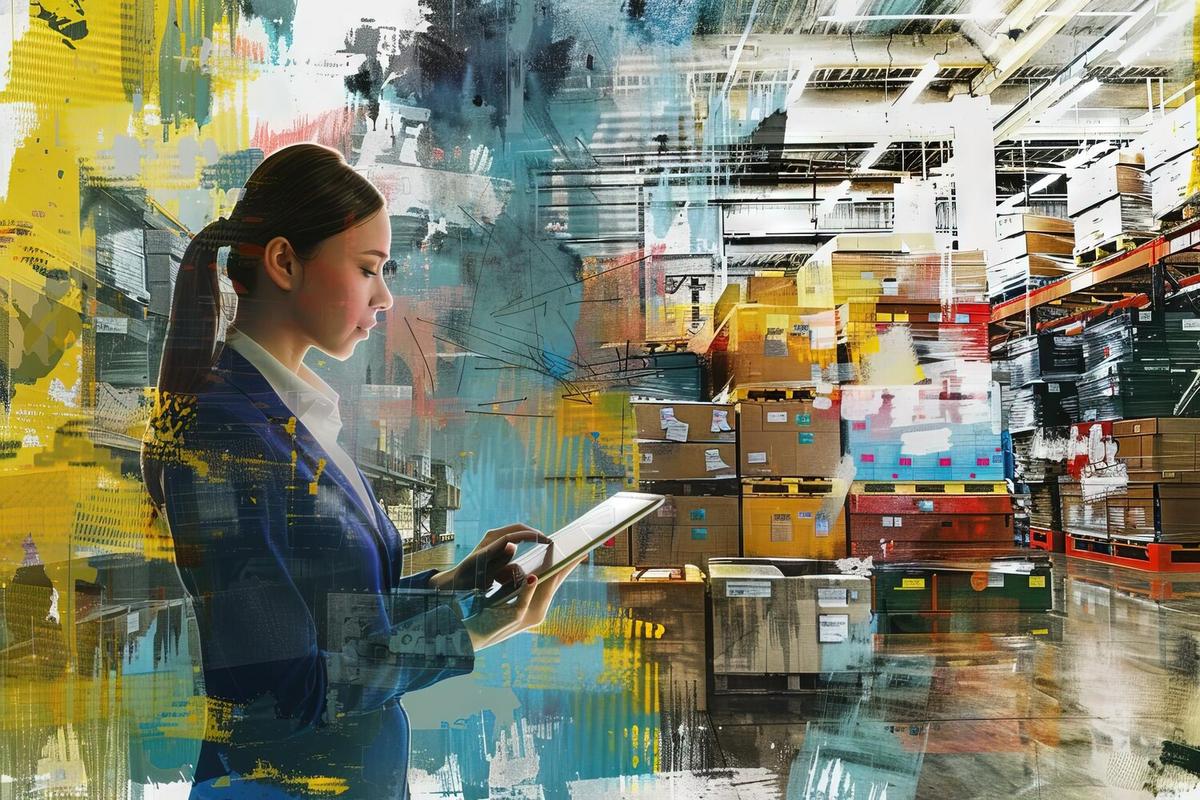
Traveling Art: The Logistics of Global Exhibits
Global art exhibitions are fascinating feats of logistics that require meticulous planning and coordination. Each traveling exhibit is an intricate dance involving numerous components, from transporting priceless artworks across borders to setting up stunning displays in world-renowned galleries.
For art lovers and professionals alike, the movement of global exhibits is more than just an operational activity—it’s an art form in itself. This article delves into the challenges and triumphs of organizing international art exhibitions, with insights from industry experts, research findings, and practical advice.
The Art of Logistics
Transporting art is a highly specialized field. According to a report by the Art Basel and UBS Global Art Market, the art market reached an estimated $67.4 billion in 2018, with a significant portion dedicated to logistics and transportation. Expert art handlers, like those at Art Basel, emphasize the importance of understanding the unique needs of each piece, from climate control to security measures.
Expert Opinions
“Ensuring that artworks arrive safely and in perfect condition is our top priority,” says Mark S. of a renowned art logistics company. His team uses state-of-the-art technology to monitor temperature and humidity levels during transit, ensuring optimal conditions for each piece.
Case Study: The Journey of a Masterpiece
Consider the recent global tour of a famed Impressionist painting. Its journey began in Paris, traveled through New York, Tokyo, and finally arrived in London, each stop requiring specific customs protocols and cultural considerations.
Understanding the Complexities
Transporting art isn’t just about moving objects; it’s about preserving history and culture. The International Council of Museums (ICOM) provides guidelines for handling and transporting art, focusing on minimizing risk and ensuring ethical practices.
| City | Distance (km) | Duration (days) | Customs Requirements |
|---|---|---|---|
| Paris | 0 | 0 | EU regulations |
| New York | 5,836 | 2 | U.S. Fish and Wildlife Service clearance |
| Tokyo | 10,841 | 3 | Japan Ministry of Culture approval |
| London | 344 | 1 | UK Border Force inspection |
Pro Tips for Aspiring Curators
Always have a contingency plan in place for unexpected customs delays. Building extra time into your schedule can save a lot of stress down the line.
Best Practices for Global Exhibits
- Work closely with local authorities to ensure compliance with all import/export regulations.
- Invest in quality packing materials for maximum protection.
- Consider insurance options that cover all potential risks during transit.
Creating an effective communication plan with all stakeholders is crucial to address issues swiftly and efficiently.
Frequently Asked Questions
What are the biggest challenges in transporting art globally?
Customs regulations, climate control, and security are the main challenges.
How do museums handle the insurance of traveling exhibits?
Museums typically work with specialized insurance providers to cover transport risks.
Conclusion: The Future of Traveling Art
As the art world becomes increasingly globalized, the demand for traveling exhibits will likely grow. By understanding the complexities and implementing best practices, curators and organizers can ensure that art continues to inspire audiences worldwide. For further reading, explore resources from the International Council of Museums.
Whether you’re an art enthusiast or a professional, staying informed about the logistics of global exhibits can enhance your appreciation for the art world. Consider how these behind-the-scenes efforts bring masterpieces to your doorstep, connecting cultures and fostering global understanding.